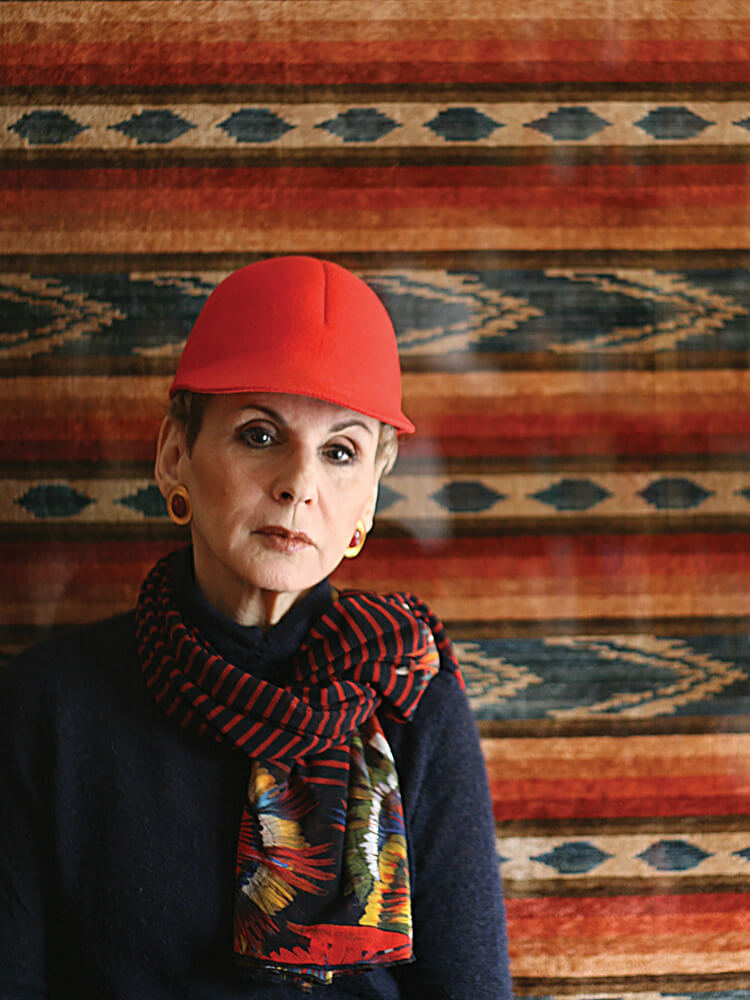As a photographer, my mission is to document unrecorded areas of society, shining a light on the lives and stories of those often overlooked. This work is not just a passion, but a significant contribution to our understanding of the world.
In the 1970s, I took environmental portraits of children from more than a hundred families in New York City from different socioeconomic backgrounds, shedding light on the diversity of urban life.
My portrait of Louise Nevelson in 1976, one of the most influential artists of the 20th century, inspired my first book. Particular Passions: Talks with Women Who Have Shaped Our Time, 1981, includes portraits of the trailblazers who transformed the American Landscape. Ruth Bader Ginsburg, Billie Jean King, Julie Child, Gloria Steinem, and 42 other women share their inspiring stories in their own words.
For almost a decade, I documented the interiors of the Traditional houses of Turkey to preserve a disappearing way of life. The municipal government in towns and villages across the country helped select these houses, a significant part of the country's cultural heritage. My book The Silk Road: Then and Now, 2017, includes images from this series.
For four years, I documented the changing seasons of a world-class garden. It grew into a documentary about a multi-generational family of 30, which revolves around this garden.
My work has been widely published and appeared on over 1,000 media platforms, including Netflix, Nvidia, Intel, National Geographic, MoMA, the British Museum, and The Washington Post.
My portraits are in the Smithsonian, the National Portrait Gallery, the Smithsonian, and the New York Historical Society.
Recently, I started photographing and interviewing 1970s kids from different socioeconomic backgrounds to document what happened to their lives.
At 86, I'm still working as fast as I can. There's so much more I want to accomplish, and I'm determined to keep pushing the boundaries of my art.
Artist Statement
What is a Portrait?
According to the dictionary it can be a painting, photograph, drawing, or even a description.
A successful portrait is achieving an image that is a timeless representation of the subject. Even with inanimate things or portraits of spaces, the goal for me is the same, to capture its soul.
I've photographed hundreds of people. I have a series of NYC children and another Women of Wisdom. Getting beyond that awkwardness is not easy. The clock is ticking. Even children are uncomfortable, under the scrutiny of a prying eye. As a photographer, I'm always nervous, ''will I get that one image.''
What works for me is to keep the conversation flowing. Eventually the awkwardness fades. When photographing children there are endless things to talk about, however it is not as simple with adults. If the person is well-known then I do a lot or research about them.
As the conversation progresses, I keep the camera clicking. The first pictures never work but they are important part of the process. The subjects get used to the clicking and the images get better. After about an hour I find a person relaxes. That is the moment, I can capture my subject.
Real character is revealed. The tilt of the head, the shoulders go soft, the fingers relax, the legs are at ease and the eyes are unguarded. That final image happens in a split second. Decades later the portrait must still work.
